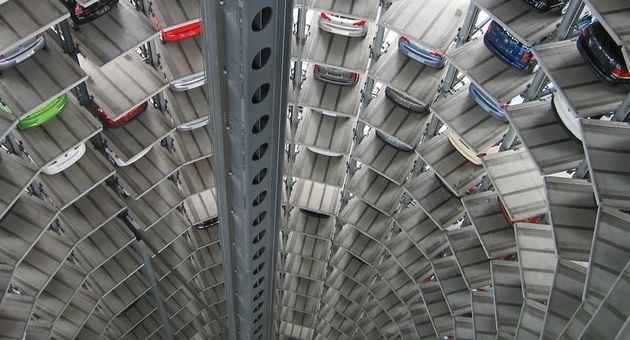An Iranian car company has restarted production at a plant in Senegal, West Africa, in a story of perseverance in the face of substantial political and economic challenges, Forbes writes.
The plant has had a turbulent, stop-start history that highlights the rocky path that Iranian companies sometimes have to travel when they expand abroad. As well as all the usual challenges thrown up by distance, foreign currency risk and different business cultures, Iranian companies have also had to contend with international sanctions and the impact of their government’s activist foreign policy.
Car maker Iran Khodro announced plans to assemble cars in the industrial city of Thies, 70km from the capital Dakar, in 2008 through a local joint venture named Seniran Auto, 60% owned by the Iranian firm. However, the project has been plagued by problems. The first challenge was a reported shortage of electricity supply to the plant. Then in February 2011, Senegal severed diplomatic relations over allegations of Iranian arms shipments to separatist rebels in Casamance province.
Bilateral relations were restored in 2013 and Iran Khodro officials then talked up the opportunity. However, six years later, an Iranian MP complained that Khodro was still paying for its $100 million investment in Senegal without producing any cars there.
Production restarts
Such problems may now be behind it. Kianoush Pourmojib, Iran Khodro’s deputy director for exports and international affairs, told local media in Iran this month that production had restarted in Senegal after an agreement with the Senegalese government over import duties. Iran’s ambassador to Senegal Mohammad Reza Deshiri visited the factory on December 14 to mark the official restart.
The plant will assemble the Samand model for use in the local taxi fleet, using kits sent from Iran. Other models may be produced in the future depending on demand.
The Samand sedan is based on the old Peugeot 405 – a model discontinued in Europe in the late 1990s, but which still finds new customers in the likes of Iran and Azerbaijan, thanks to Khodro.
“The assembly and supply of Samand taxis has begun,” said Pourmojib. “We are planning to export other products of the Iran Khodro Industrial Group to Senegal, including heavy and semi-heavy commercial vehicles and motorbikes.” In time, vehicles could be exported to nearby markets. “By activating the Senegal site, we will be able to pursue export targets in the African region more easily,” said Pourmojib.
The plant is said to have a capacity of around 5,000 vehicles a year – although in the past figures of 10,000-15,000 vehicles a year have been cited for the factory. That is a tiny fraction of the number of cars that Iran Khodro and its local rivals Saipa and Pars Khodro produce in their domestic market, where foreign marques fear to tread because of sanctions.
Those blockages to trade could be lifted, if a deal can be reached in the ongoing talks in Vienna to revive the 2015 nuclear deal. If so, there may also be more opportunities for Iran to export its car-making skills. Despite the weak state of its economy, Iran is one of the 20 largest car producers in the world, ahead of Italy and not far behind the United Kingdom, according to industry data.






